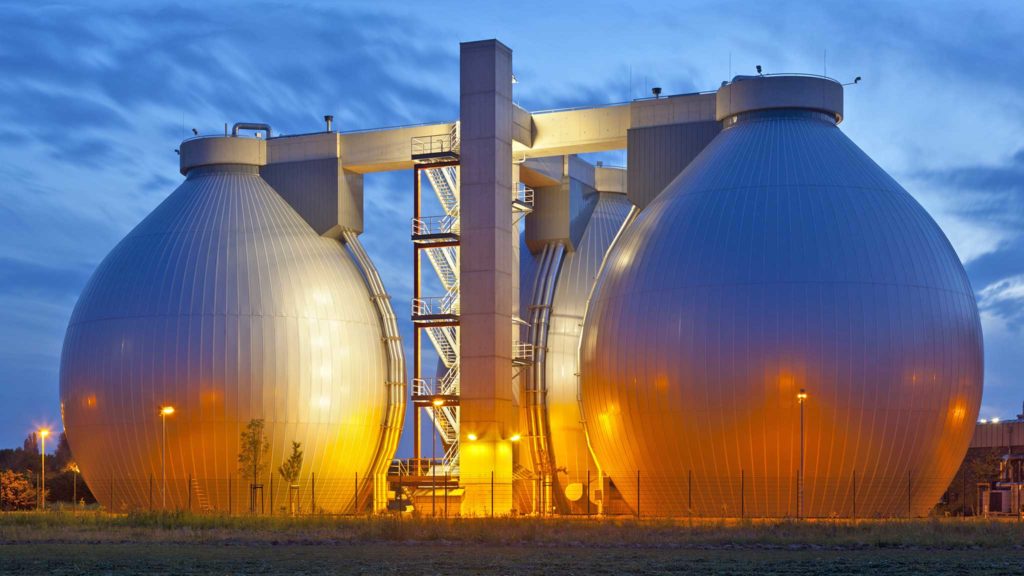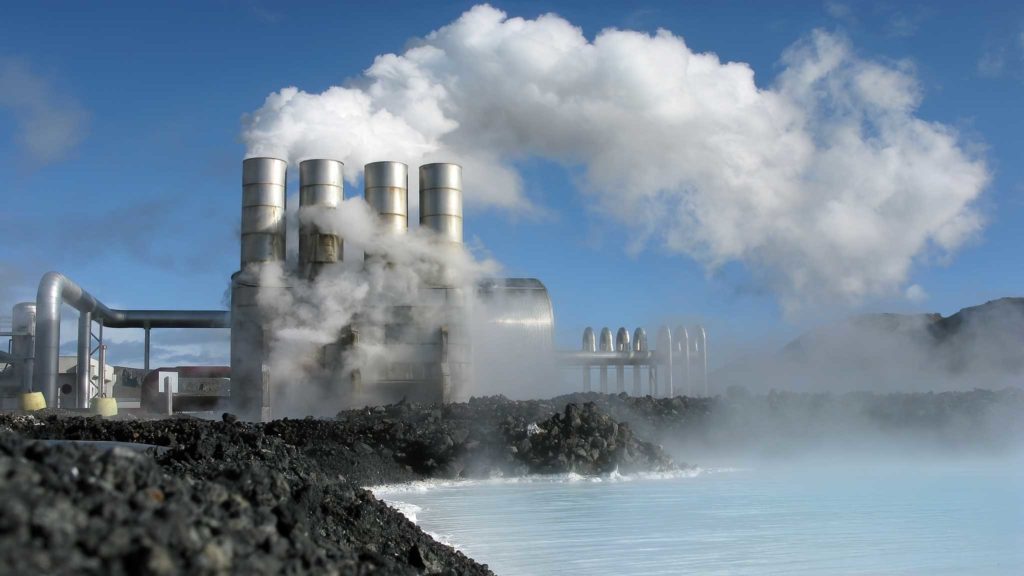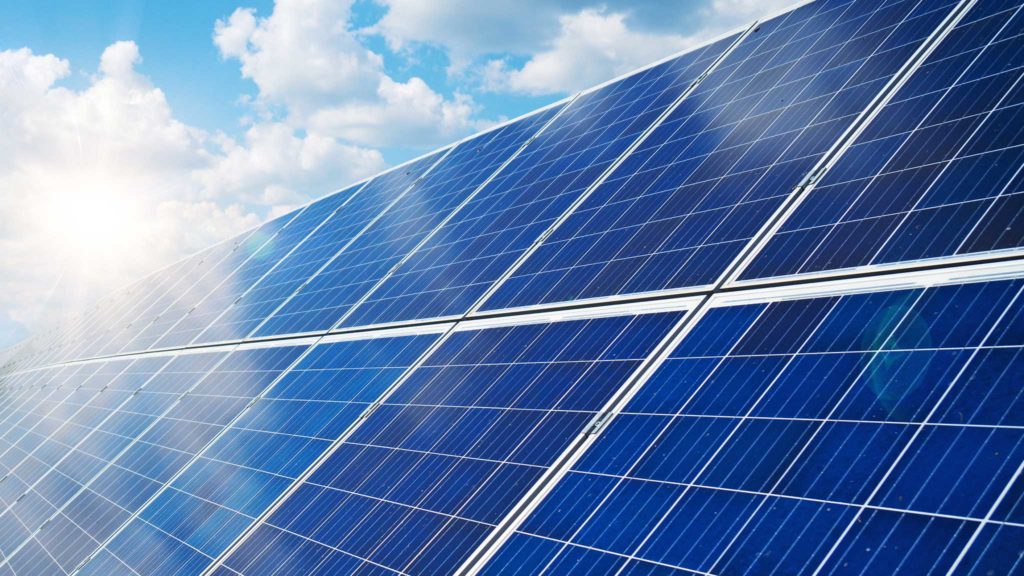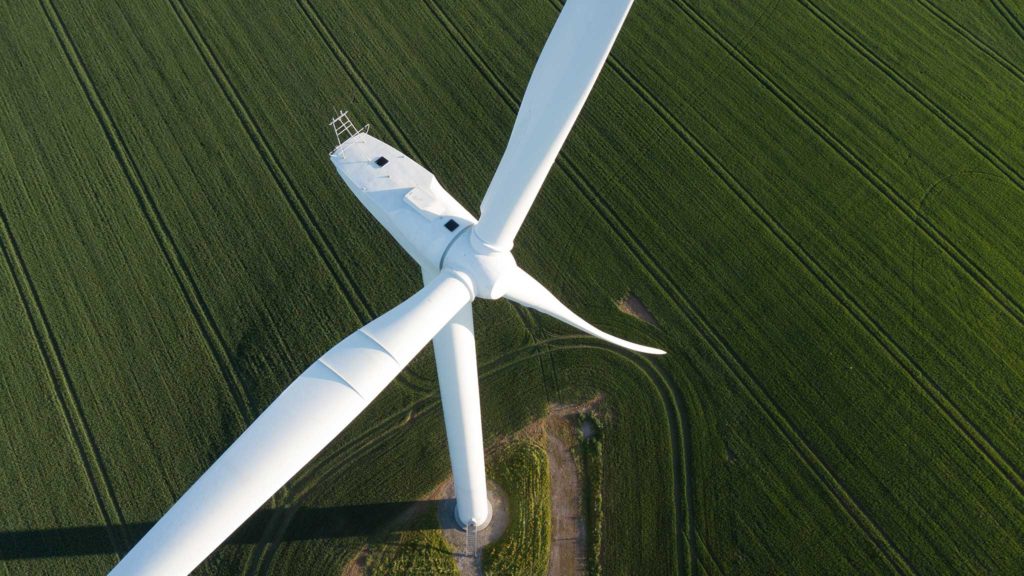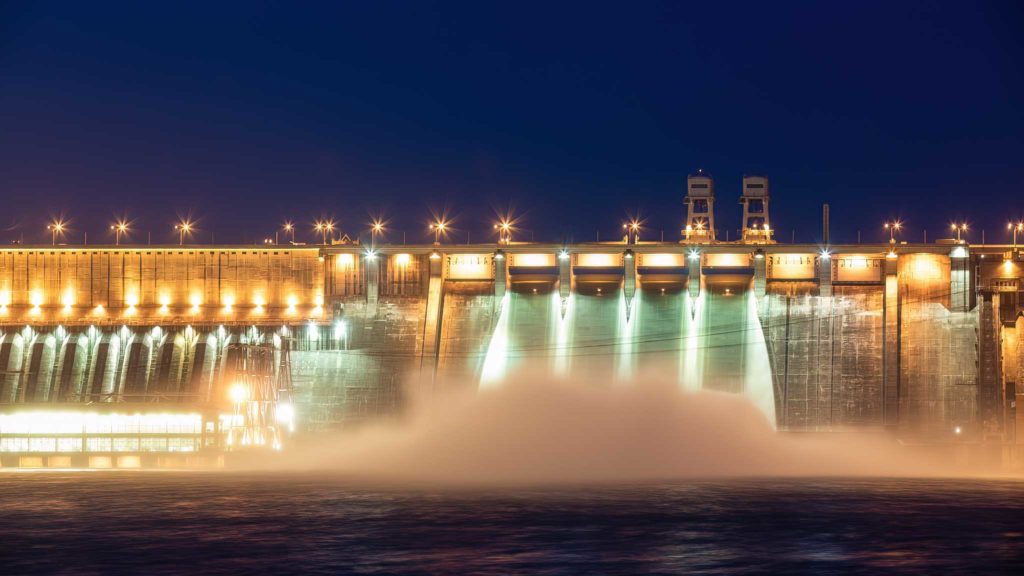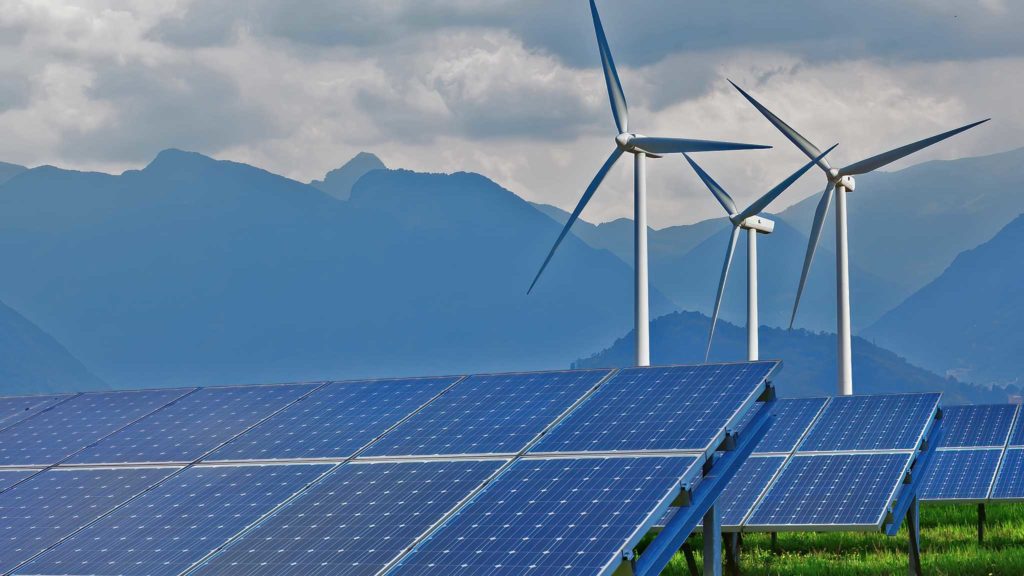Chapter 16: Bioenergy
Prior to the industrial revolution, bioenergy was the single most important source of energy in the world. While the cruder forms of bioenergy—such as wood, straw and dung—are a smaller fraction of the energy mix in industrialized countries than for developing countries, bioenergy consumption overall is growing. The market adoption of modern forms of bioenergy, […]
Chapter 16: Bioenergy Read More »

